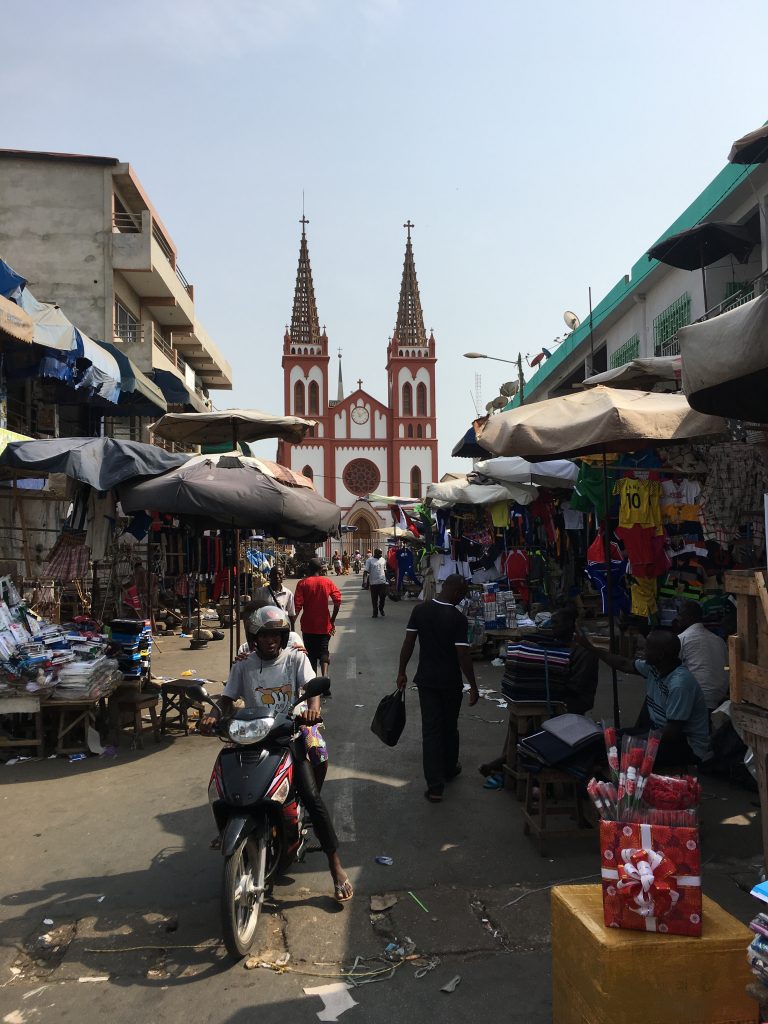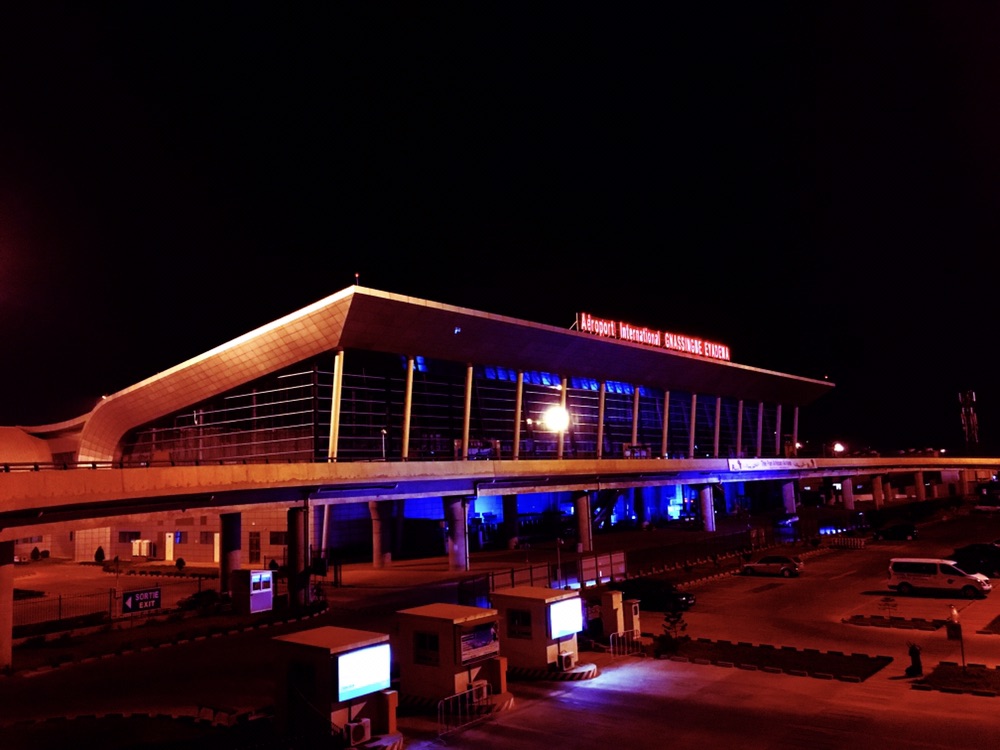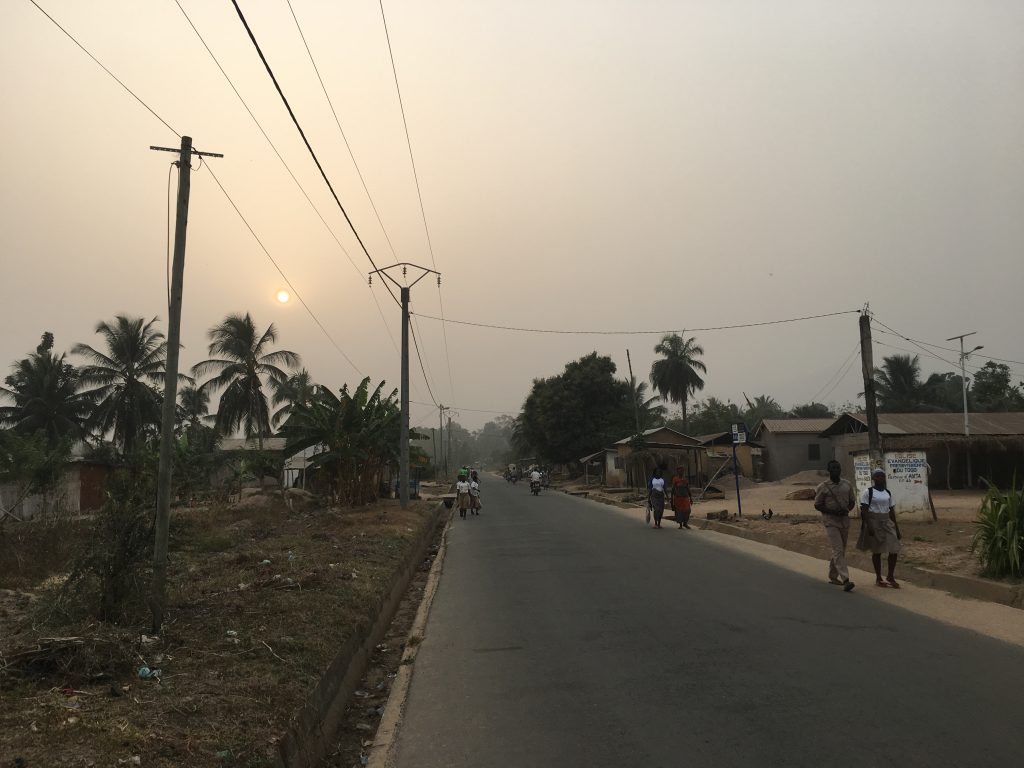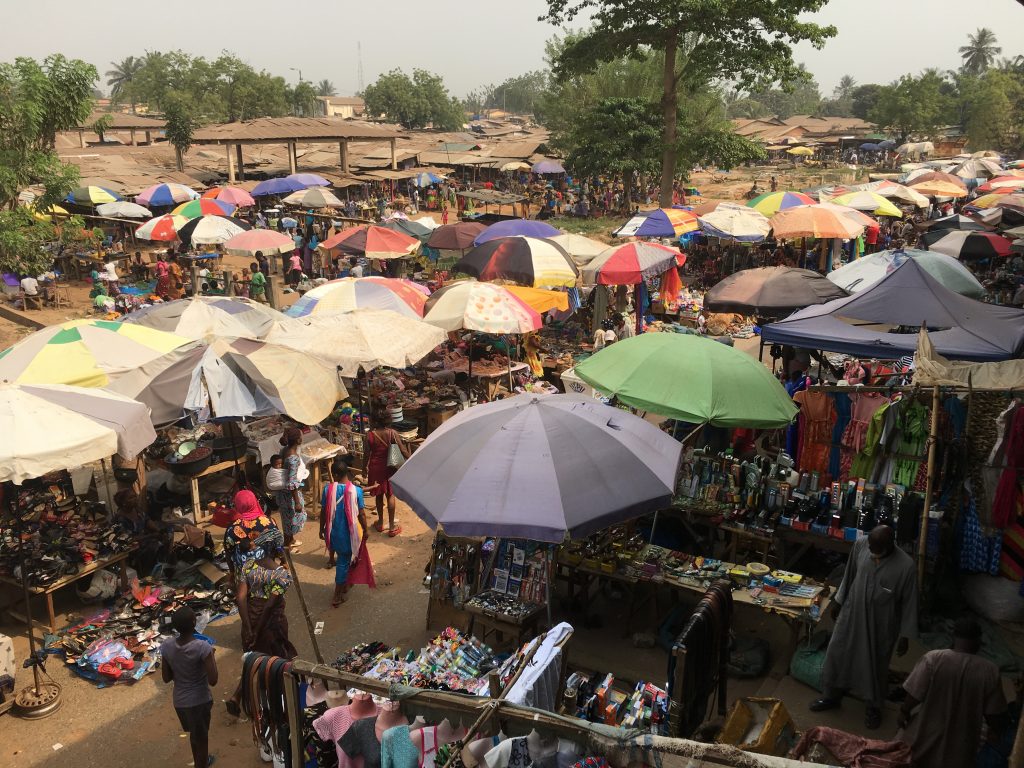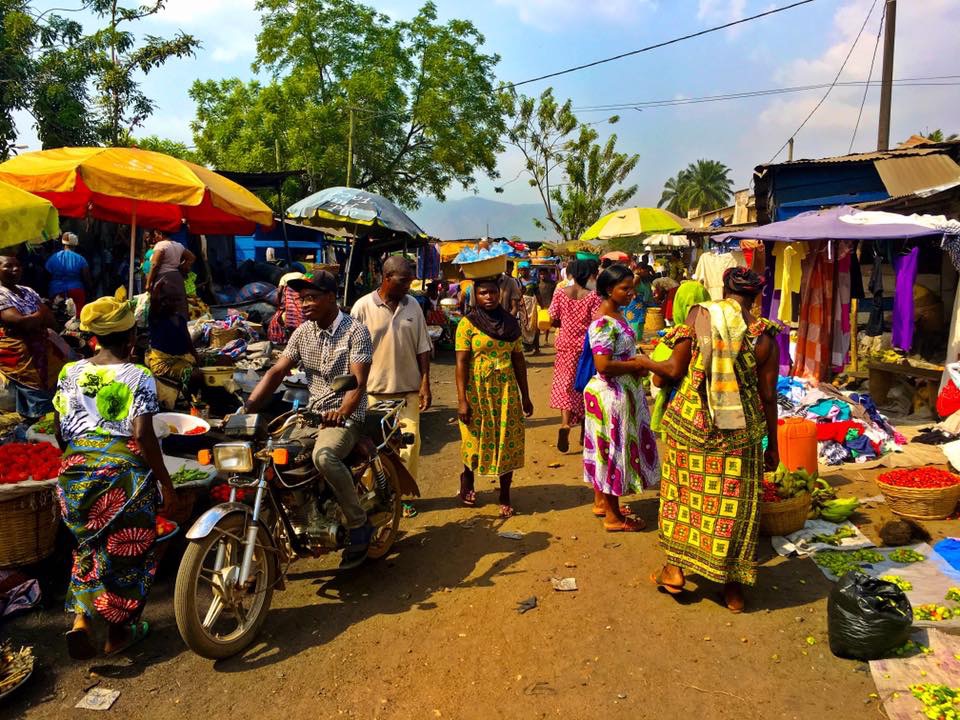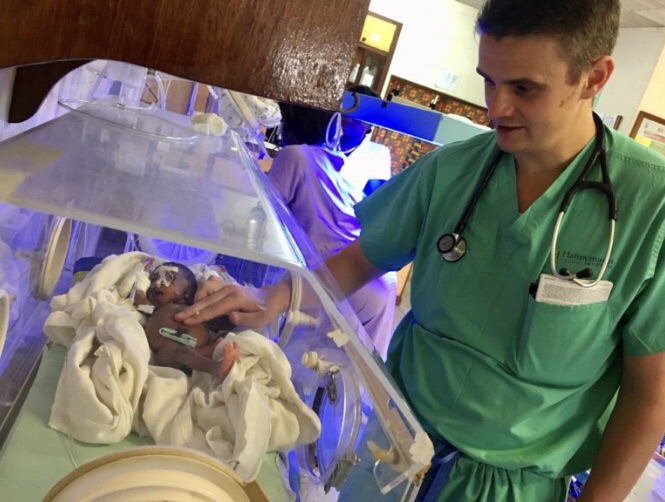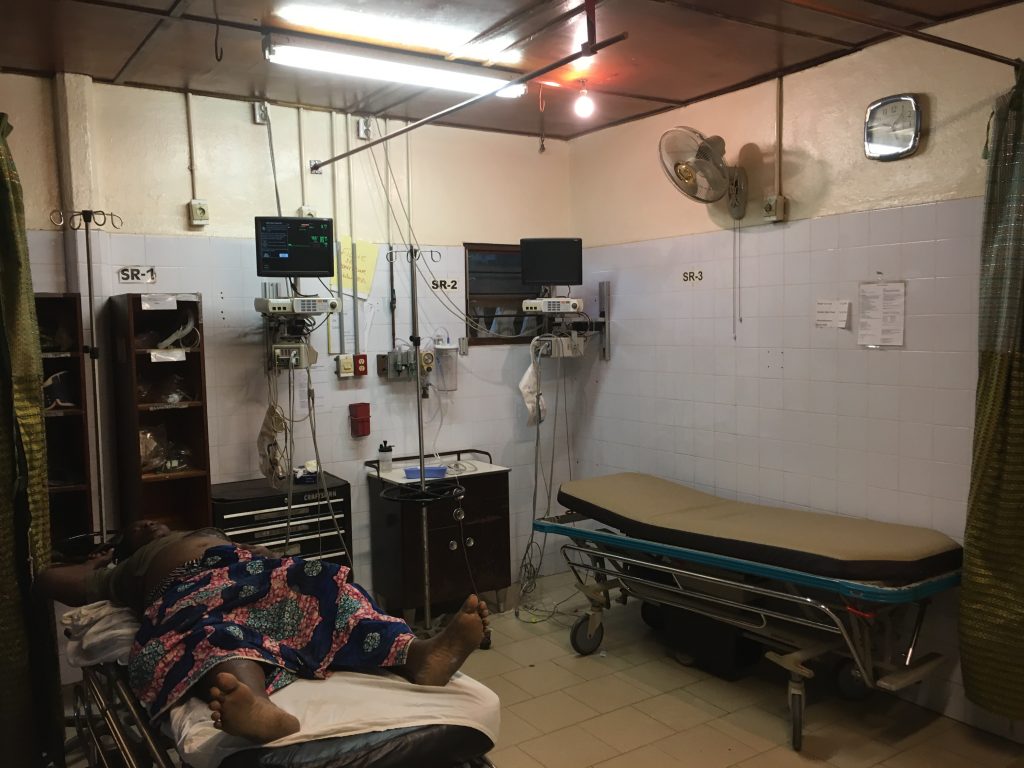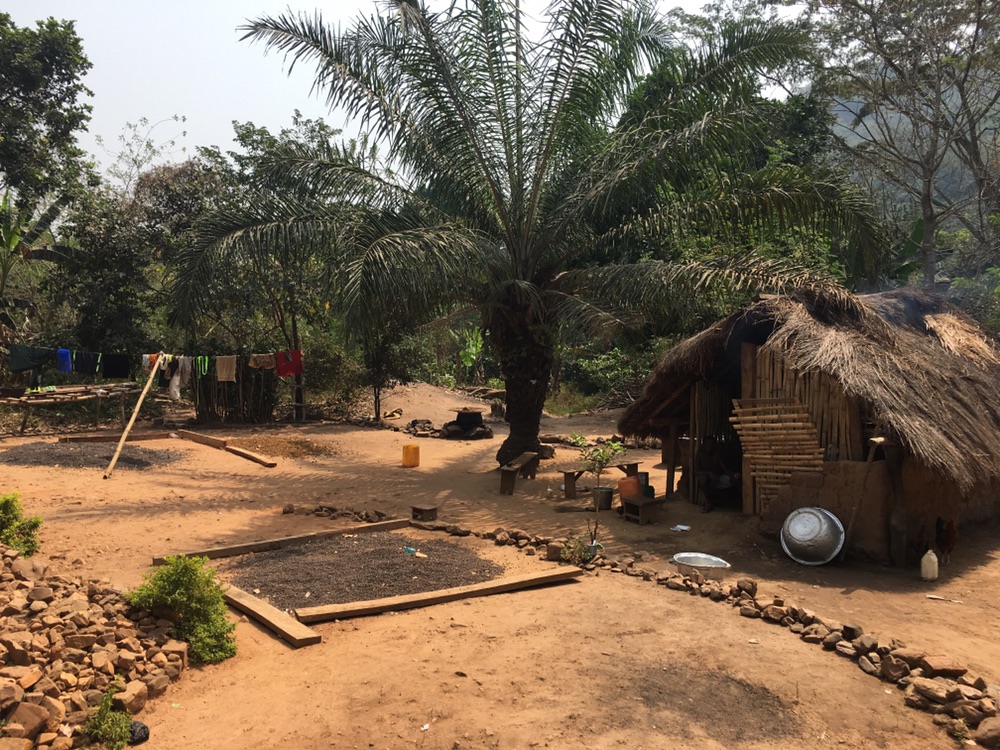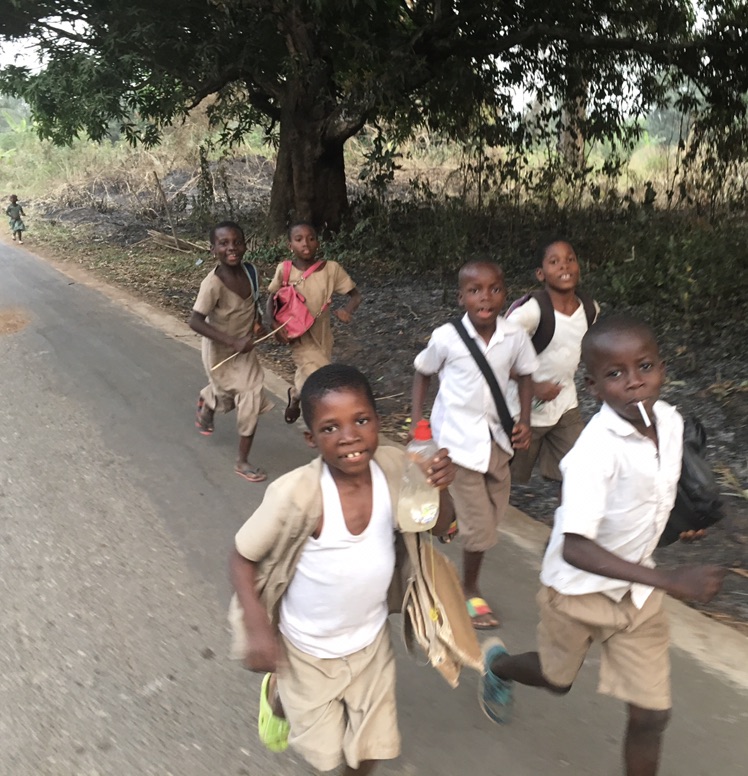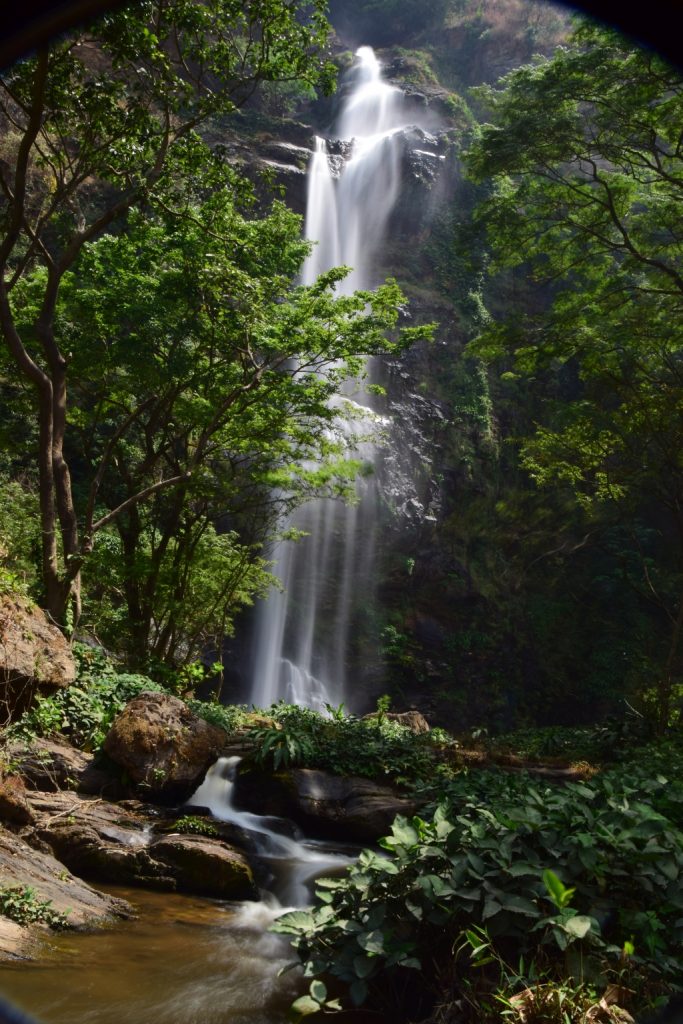
i was volunteering in togo through an ngo called world medical mission. while generally they are a great organization, they were super paranoid about not letting their volunteers use public transportation or even taxis, which is outrageous – as a result i am probably going to avoid volunteering with them again. on top of this, the hospital is in a very rural area without many nearby towns, so i didn’t get out as much as i would have liked to. oh well.
i was able to go on a few daytrips on the weekends. on one saturday a group of us visited visited a nearby boarding school for blind children, run by the same mission agency as the hospital. it is very cool – they provide great education for the children (and even adults), who are mostly blind due to trachomatis flies, the most common etiology of blindness in africa. they are taught braille at the school, and there are textured posters on the walls of the school for teaching various things like topography on maps and different organ systems of the body. they are also taught how to weave furniture which they can continue to do once they leave to provide a service to their communities. there are some new missionaries running the center who are really doing some great work there. they also have an aquaponics farm they showed us, where they grow tilapia fish and use the waste to grow plants such as lettuce and strawberries. we then went to a french restaurant in kpalime called chez fanny, which was pretty good.

one sunday myself and some medical students climbed one hour up a nearby mountain to attend a church up there. we were soaked with sweat upon arrival so needed to change. despite being at the top of a mountain without electricity, each of the approximately 20 people who showed up were wearing their sunday best. they were very welcoming. speaking of, it has been nice having the medical students around – there have been three of them at any given time. one is going into pediatrics so i have been able to do some teaching and he has been very helpful with our pediatric patients at the hospital.
on our last weekend, we took a long drive and then a long hike to wli falls, a very high waterfall right on the border with ghana. so – despite my previous successful endeavor to visit ghana, i got to step across the border again! we went swimming beneath the waterfall and the water falling hundreds of feet created a crazy wind tunnel of mist. it was great.

there has been a lot of fomenting unrest in togo while we’ve been here, with widespread protests against the autocratic leader, faure gnassingbe. between him and his father, the family has been ruling togo since the 1960s, and people are starting to get tired of it. compared to its immediate neighbors, togo is relatively poor. the reasons for this are of course multifactorial, but it is at least partially due to government mismanagement. there are weekly protests including in the nearby city of kpalime. these are generally very peaceful, but during some there have been people killed by government security forces. this is part of a wider trend across africa right now, dubbed the “african spring.” my amazing wife ann is actually writing about this while here, so has been traveling around the region while i’ve been at the hospital.


